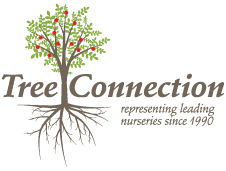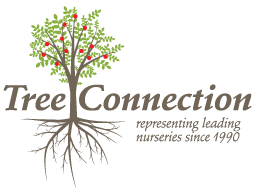Pruning & Fertilizing: This is Important!
The most important cultural practice fruit growers can perform is the art of proper training and pruning of trees. Training and pruning are necessary for healthy, productive trees.
Pruning Recommendations
Nearly half of all newly planted trees are severely pruned or headed back to meet certain goals.These first cuts are the most critical you will make, do so with thought and care. If the cuts are large we recommend a mixture of water and household latex paint to protect the wounds from infection or loss of moisture.
Pruning Recommendations
- Locate First Heading cut: A tree’s first heading cut will determine the height of the limbs and the trunk. Most growers head their trees at 28 to 36 inches
- Inspect for Live Buds: Inspect each tree to determine if there are live buds in the area below the heading cut. Sometimes there are no buds in this area, especially on yearling trees; these buds may have already grown into branches. If the latter is true, leave two or three of these branches with two or more buds on them when pruning.
- Address Moisture Needs: If there are a large number of pruning cuts, or the few cuts are quite large, consider daubing paint or a prophylactic sealant to keep valuable moisture from escaping the vigorously growing tree.
Fertilizing Recommendations
- Wait for at Least Three Inches of Growth: Fertilize trees only after they exhibit 3” or more of new growth. Then use very small quantities of fertilizer.


